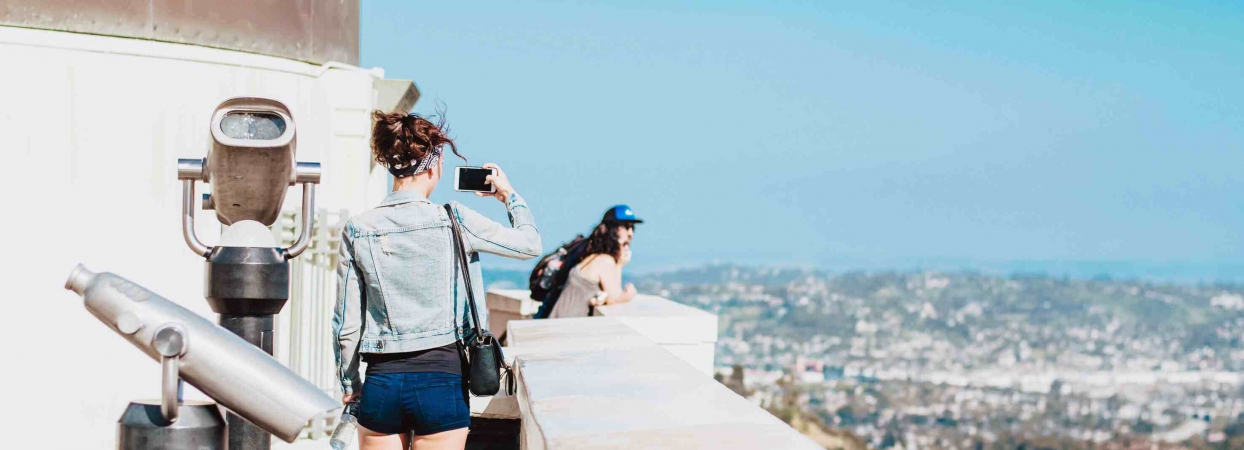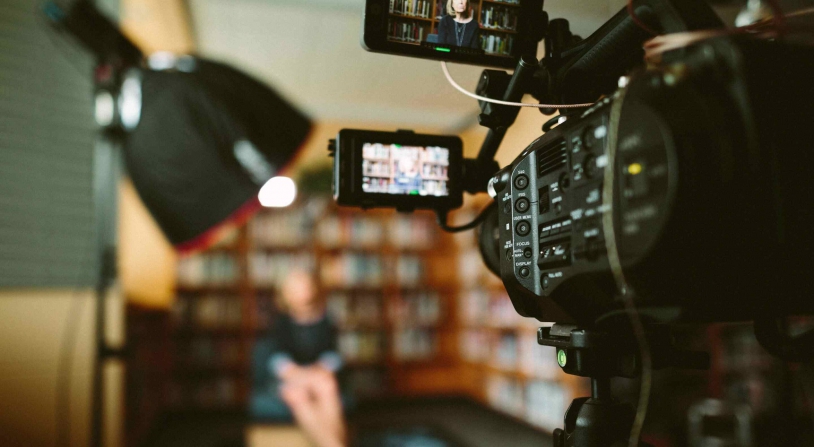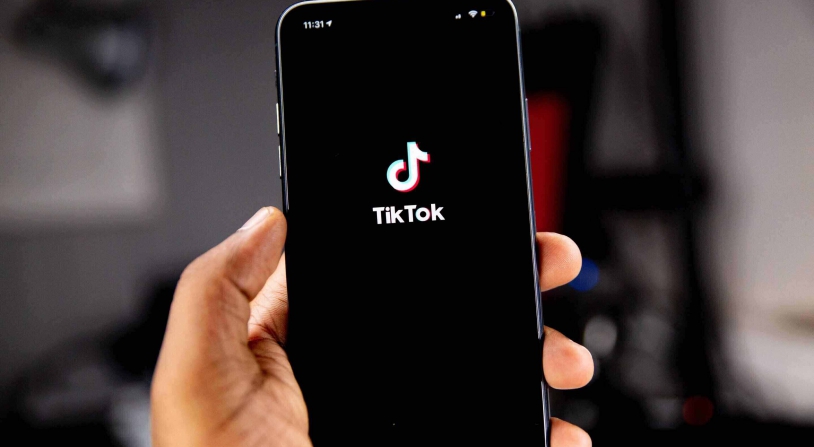The advent of social media has brought about significant transformations in the tourism industry & travel PR as a whole. Platforms such as Instagram, Facebook, Twitter, and YouTube have reshaped the way people travel. They have also changed the methods used to promote tourism. From inspiring wanderlust to shaping travel decisions, social media has become an indispensable tool for both travelers and tourism businesses.
PR Overview
Inspiring Wanderlust and Discovery
Social media platforms serve as virtual travel galleries. They allow users to share captivating visuals and narratives of their travel experiences. From stunning landscapes to mouthwatering cuisine, these visuals inspire wanderlust and ignite a desire to explore new destinations. Users can discover lesser-known places, hidden gems, and off-the-beaten-path experiences through hashtags, geotags, and user-generated content. Social media provides a platform for travelers to showcase their adventures. They also foster a sense of community and inspire others to embark on their own journeys.
Real-Time Information and Authentic Reviews
Social media has democratized travel information by allowing users to share real-time updates and reviews of destinations, accommodations, and attractions. Travelers can access firsthand accounts and authentic feedback from fellow travelers. This provides travelers with incredibly valuable insights into their experiences. That type of user-generated content is highly influential in shaping travel decisions. It also helps travelers make informed choices. Social media platforms also enable direct communication between travelers and tourism businesses. That’s because they allow for immediate feedback and personalized interactions.
Influencer Marketing and Collaborations
Influencer marketing has become a game-changer in tourism advertising. Brands collaborate with social media influencers, who have amassed large followings, to promote destinations, accommodations, and travel experiences. Influencers provide firsthand accounts and share captivating visuals. They also offer personal recommendations, which resonate with their followers. This form of tourism advertisements has a significant impact on travel decisions. That’s because followers trust the recommendations of influencers they follow. By partnering with influencers, tourism businesses can reach a wider audience and create authentic connections, amplifying their brand presence and attracting new visitors.
User-generated content (UGC) plays a pivotal role in tourism advertisements. Travelers share their experiences, photos, and videos on social media. This effectively turns them into brand advocates. UGC showcases authentic and relatable travel experiences. It also resonates with potential travelers and builds trust. When UGC goes viral, it can create a ripple effect. That means it can generate significant exposure and promote a destination. Tourism businesses can encourage and leverage UGC by creating branded hashtags or running contests. They can also feature exceptional user content on their own social media channels.
Destination Branding and Storytelling
Social media platforms provide destinations with a direct channel to promote their unique attributes. It also allows those destinations to differentiate themselves in the highly competitive tourism landscape. Destinations can craft their brand identity through compelling storytelling. They can showcase their culture, natural beauty, and attractions. By curating visually stunning content, engaging with followers, and sharing immersive narratives, destinations can create an emotional connection with potential visitors. Social media facilitates destination branding by creating a digital presence that evokes curiosity. It also captures attention and compels travelers to choose one destination over another.
Targeted Advertising and Personalization
Social media platforms offer advanced targeting capabilities. This allows tourism businesses to reach their ideal audience with precision through tourism ads. These ads can be tailored based on demographic data, interests, travel preferences, and past behavior. This level of personalization enhances the effectiveness of tourism advertisements. It ensures that relevant tourism ads reach potential travelers who are more likely to engage and convert. The ability to segment and target specific audiences maximizes the return on investment for tourism businesses. This, in turn, increases their chances of attracting interested travelers to their offerings.
A Guide to Effective Media Planning
Capturing audience attention in today's hyper-connected world is increasingly difficult. Media...
How to Leverage Influencer Partnerships for Skincare Brands
Influencer partnerships have become a valuable marketing tool for brands. They help brands connect...
Integrating TikTok Text into your Marketing
TikTok is a platform in social media marketing that provides brands with the chance to connect...



